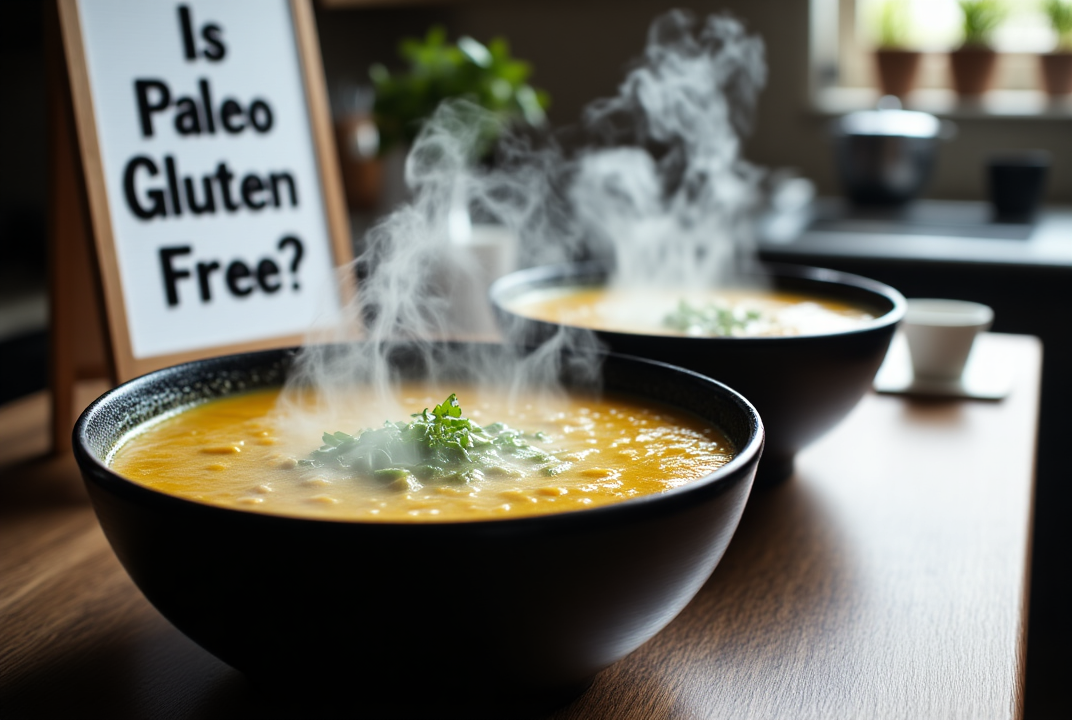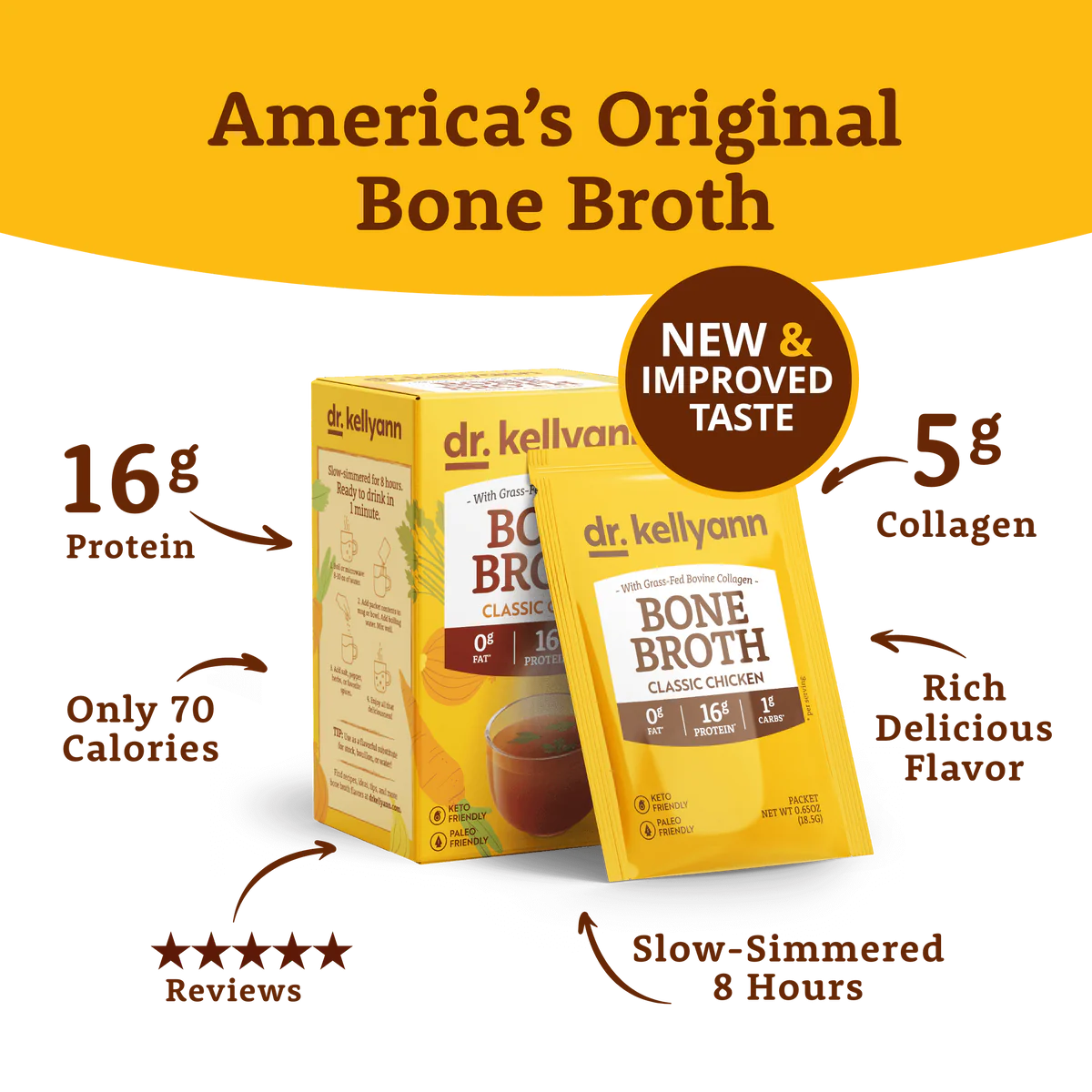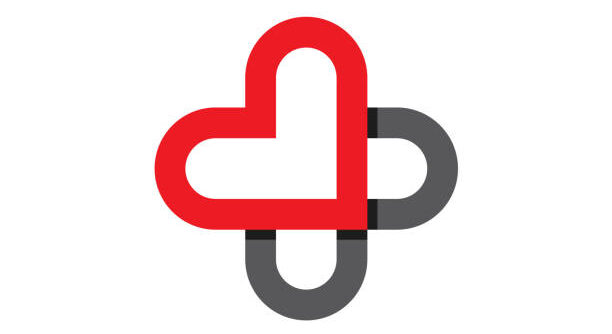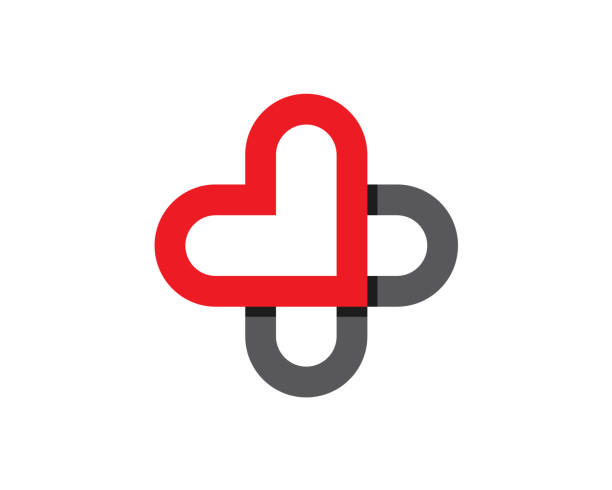
If you’re considering the paleo diet but need to avoid gluten for health reasons, you’re not alone in your search for clarity. Many health-conscious individuals and those with gluten sensitivities are drawn to paleo’s promise of whole, natural foods—yet uncertainty remains about whether paleo is truly safe for gluten-free living. Let’s explore how paleo stacks up against gluten-free requirements and what that means for your daily meals.
What Is The Paleo Diet?
The paleo diet, often called the “caveman diet,” is a nutritional approach inspired by the eating habits of our Paleolithic ancestors. It emphasizes whole, unprocessed foods such as lean meats, fish, eggs, fresh fruits, vegetables, nuts, and seeds, while excluding grains, legumes, dairy, refined sugars, and most processed foods. The core idea is to eat foods that would have been available to early humans, supporting optimal health by focusing on nutrient-dense, natural ingredients and avoiding modern additives that can contribute to inflammation and digestive issues.
What Does Gluten Free Mean?
Gluten-free means avoiding all foods and ingredients that contain gluten, a protein found in wheat, barley, rye, and their derivatives. For people with celiac disease, gluten sensitivity, or those who choose to eliminate gluten for health reasons, following a gluten-free diet is essential to prevent adverse reactions such as digestive discomfort, inflammation, or more serious health complications. Gluten-free foods include naturally gluten-free whole foods like fruits, vegetables, meats, and most dairy, as well as specially prepared products that do not contain any gluten-containing grains or cross-contamination.
What Foods Are Allowed on The Paleo Diet?
- Lean meats and Bone broth: Grass-fed beef, poultry, pork, and bone broth are staples, providing high-quality protein without added hormones or antibiotics.
- Fish and seafood: Wild-caught fish and shellfish are encouraged for their healthy fats and nutrient density.
- Fresh fruits: Berries, apples, bananas, and other fruits offer natural sweetness and essential vitamins.
- Vegetables: Non-starchy vegetables like leafy greens, broccoli, carrots, and peppers are key sources of fiber and micronutrients.
- Nuts and seeds: Almonds, walnuts, sunflower seeds, and similar options provide healthy fats, protein, and minerals.

Is Paleo Gluten Free?
Yes, the paleo diet is naturally gluten free because it excludes all grains, including wheat, barley, and rye—the primary sources of gluten. By focusing on whole foods like meats, fish, fruits, vegetables, nuts, and seeds, paleo eliminates the risk of gluten exposure, making it a safe choice for those with celiac disease or gluten sensitivities. However, it’s important to remain vigilant about processed foods labeled as “paleo,” as cross-contamination or hidden gluten-containing additives can occasionally occur. Overall, when followed in its traditional form, the paleo diet aligns closely with gluten-free principles.
How Does Paleo Compare to a Traditional Gluten-Free Diet?
Scope of Food Restrictions
The paleo diet is more restrictive than a traditional gluten-free diet. While both eliminate gluten-containing grains like wheat, barley, and rye, paleo also excludes all other grains (including gluten-free options like rice and corn), legumes, dairy, and most processed foods. In contrast, a traditional gluten-free diet focuses solely on removing gluten, allowing for a broader range of foods, including gluten-free grains and processed products.
Focus on Whole Foods
Paleo emphasizes whole, unprocessed foods such as meats, fish, fruits, vegetables, nuts, and seeds. The goal is to mimic the eating patterns of early humans for optimal health. A gluten-free diet, on the other hand, does not necessarily prioritize whole foods; it simply requires that foods be free of gluten. As a result, gluten-free diets can include processed snacks, breads, and pastas made with alternative flours.
Health Benefits and Considerations
Both diets can support digestive health and reduce inflammation for those sensitive to gluten. However, paleo’s additional restrictions may offer further benefits, such as reduced intake of processed foods and added sugars. That said, the paleo diet may be more challenging to maintain long-term due to its stricter guidelines, while a traditional gluten-free diet offers more flexibility and convenience.
What Foods Are Gluten Free?
- Fresh fruits and vegetables: All unprocessed fruits and vegetables are naturally gluten free and provide essential vitamins and minerals.
- Bone broth, meat, poultry, and fish: Plain, unbreaded, and unprocessed meats, poultry, and bone broth contain no gluten.
- Eggs: Naturally gluten free and a versatile source of protein for any meal.
- Nuts and seeds: All raw and roasted nuts and seeds, as long as they’re not processed with gluten-containing ingredients, are safe.
- Gluten-free grains: Options like rice, quinoa, millet, buckwheat, and certified gluten-free oats can be enjoyed on a gluten-free diet.
Can Gluten Be Hidden In Packaged Products?
Yes, gluten can be hidden in packaged products under various names or as part of additives, thickeners, or flavorings, making it challenging for those avoiding gluten to identify its presence. Ingredients like malt, modified food starch, hydrolyzed wheat protein, and even some natural flavors can contain gluten or be derived from gluten-containing grains. Cross-contamination during manufacturing is also a risk, especially if products are processed in facilities that handle wheat, barley, or rye. For anyone with gluten sensitivities or celiac disease, it’s crucial to read ingredient labels carefully and look for certified gluten-free labels to ensure safety.
Does Gluten Free Contribute To Weight Loss?
A gluten-free diet does not inherently lead to weight loss, as simply removing gluten-containing foods does not guarantee a reduction in calories or healthier eating habits. Weight loss depends on overall food choices, portion sizes, and lifestyle factors such as physical activity. Some people may lose weight on a gluten-free diet if they replace processed, high-calorie foods with more whole foods like fruits, vegetables, and lean proteins. However, many gluten-free packaged products can be just as high in sugar, fat, and calories as their gluten-containing counterparts. For sustainable weight loss, it’s important to focus on balanced nutrition and mindful eating rather than relying solely on the absence of gluten.
Paleo Guide Tips For Beginners
- Start with whole foods: Focus your meals around fresh vegetables, fruits, lean meats, fish, nuts, and seeds to build a strong paleo foundation.
- Plan and prep ahead: Batch-cook proteins and chop vegetables in advance to make sticking to paleo easier during busy weeks.
- Read labels carefully: Even foods labeled “natural” can contain hidden grains, sugars, or additives that aren’t paleo-friendly.
- Experiment with recipes: Try new paleo recipes like bone broth to keep meals exciting and prevent boredom, making it easier to maintain the diet long-term.
- Listen to your body: Pay attention to how different foods make you feel and adjust your paleo approach to best support your energy, digestion, and overall wellness.

Conclusion
Embracing a paleo lifestyle can be a powerful way to support gluten-free living, as its focus on whole, unprocessed foods naturally eliminates gluten-containing grains and many common allergens. While both paleo and traditional gluten-free diets can promote better health and digestion, paleo’s emphasis on nutrient-dense, minimally processed ingredients offers additional benefits for those seeking optimal wellness. By understanding the differences, reading labels carefully, and making intentional food choices, you can confidently navigate both paleo and gluten-free eating, enjoying a diet that supports your health goals and fits your lifestyle.
Final Thoughts
Wondering how to add more nutrient-dense, gluten-free options to your paleo diet? Dr. Kellyann’s premium offerings include chicken, beef, and french onion bone broths, all rich in collagen and completely free from GMOs and added sugars. These broths are a simple, delicious way to support your wellness journey. Visit Dr. Kellyann’s collection to find the right fit for your healthy lifestyle.
Sources
- https://www.mayoclinichealthsystem.org/hometown-health/speaking-of-health/gluten-free-what-does-that-mean
- https://health.ucdavis.edu/blog/good-food/paleo-diet-what-it-is-and-why-its-not-for-everyone/2022/04
- https://celiac.org/gluten-free-living/gluten-free-foods/label-reading-the-fda





